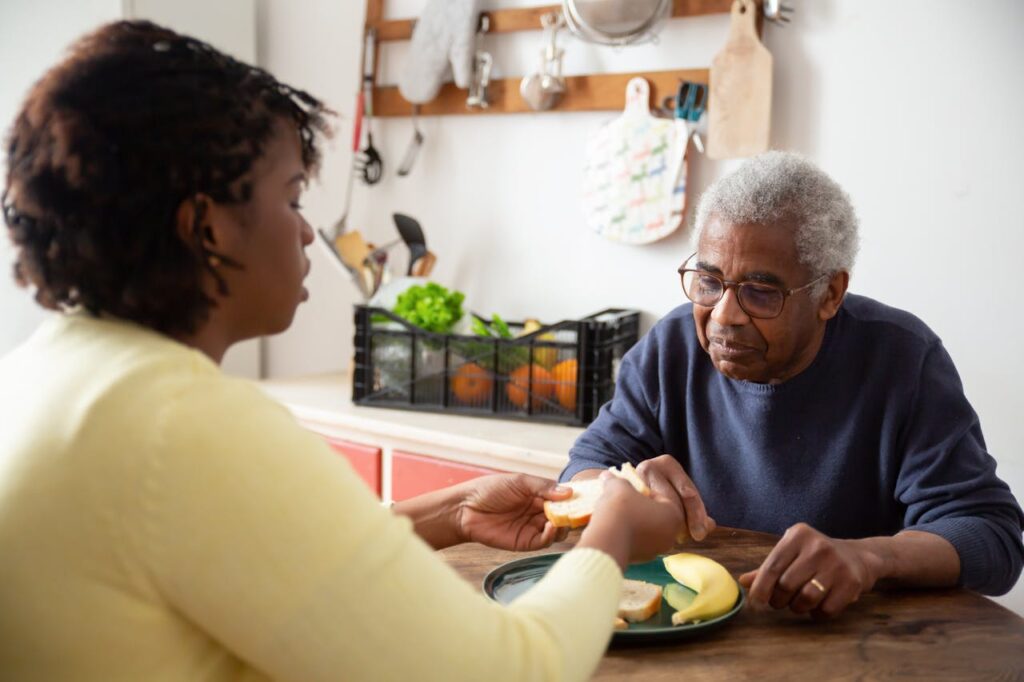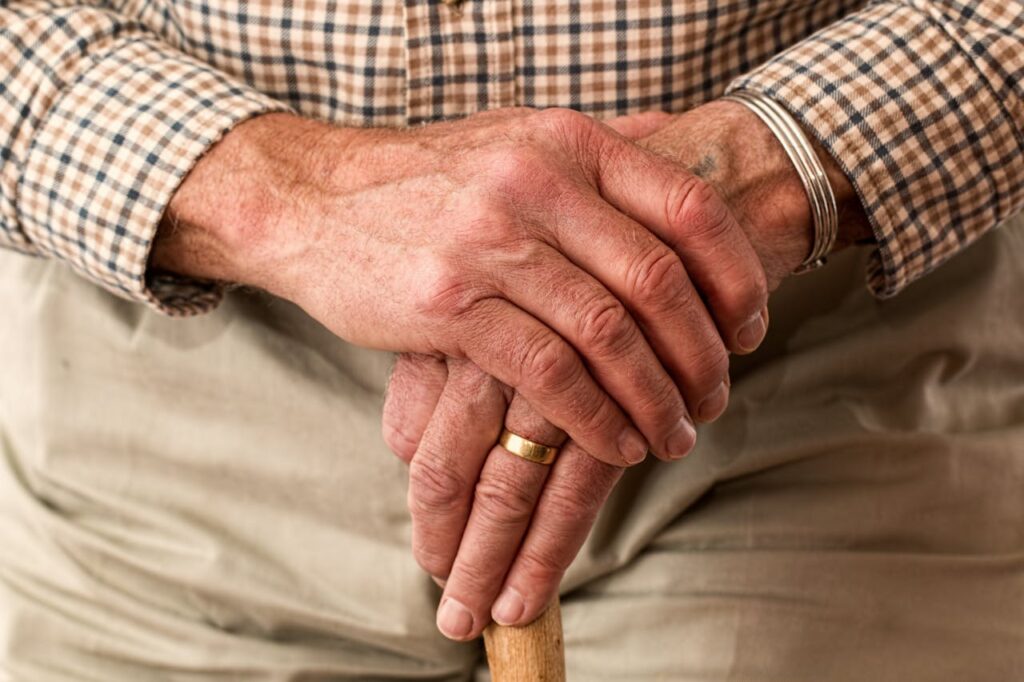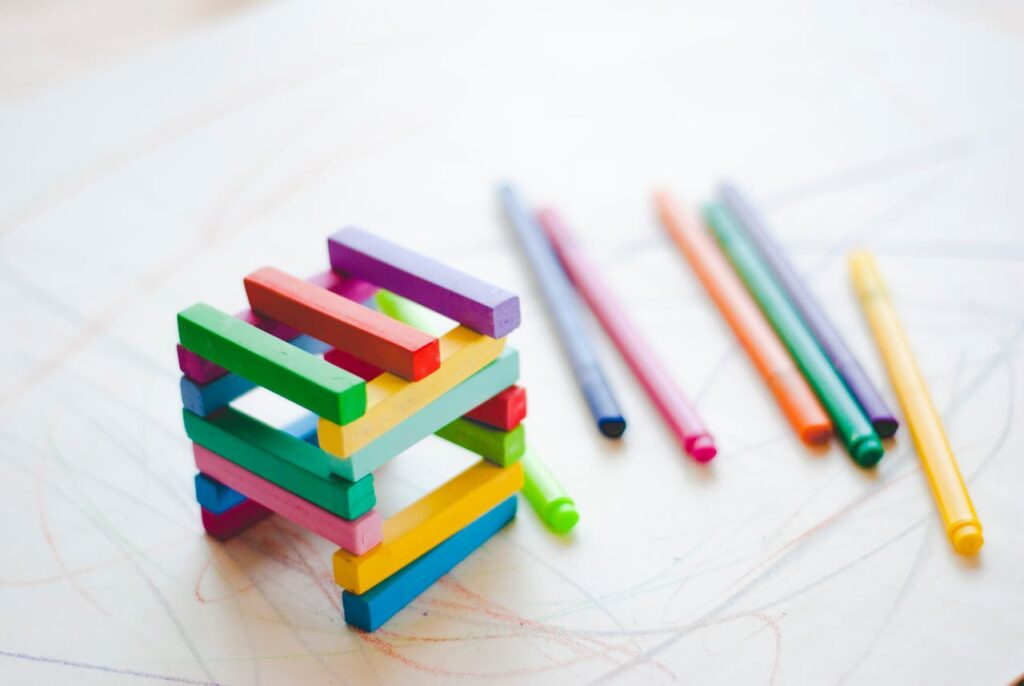The Guardian Angel in Disguise: Remote Monitoring Systems for Ensuring Senior Safety
The Guardian Angel in Disguise: Remote Monitoring Systems for Ensuring Senior Safety In a society punctuated by the pitter-patter of generations growing older and, more often than not, growing alone, the issue of senior safety grays the hair of many a well-meaning family member and caregiver. With the complexities of time and distance often proving insurmountable, technology steps in as a silver lining for those watchful souls who wish to ensure their elders live securely and independently. The Solo Journey of Seniors Once the nest is empty, the idea of independent living for seniors can be a stirring proclamation of freedom. Yet, for the loved ones left behind, the same declaration may spark anxieties about health emergencies and the need for a watchful eye. We’re witnessing a rising trend of seniors opting to live solo, a testament to our increased longevity as well as our desire for individual space and choice. This shift, while admirable, also ushers in a new set of challenges for the silver generation. Here, we lay out a roadmap for how remote monitoring systems can be a compass, providing direction and peace of mind to their loved ones. Remote Monitoring Decoded Before we extol the virtues of remote monitoring, it’s imperative to discern what it truly is. Remote monitoring systems are a sophisticated web of sensors, cameras, and alarms that are designed to track the movements and vital signs of seniors from a distance. These systems can cover the ambient environment of a home, tracking changes in temperature, detecting smoke, or even reminding seniors to take their medications. The goal is to provide oversight without invasion, to keep seniors safe in a space that is truly their own. Augmenting Independence with Vigilance Remote monitoring systems are the trustworthy sentinels that dutifully stand guard, even when personal vigilance must yield to mundane tasks or much-needed rest. They’re far more than surveillance devices; they are instruments of connection, reassuring a loved one that assistance can be summoned at the first twinge of concern. The technology behind these systems has evolved to be intelligent and sensitive, capable of learning routines and alerting caregivers to deviations that might signal a problem, be it a fall or an uncharacteristically sedentary day. A Round-the-Clock Watchful Eye Imagine a 24/7 companion who never tires, never looks away, and never fails to notice the subtleties of a changing environment. Remote monitoring systems do just that. They keep a meticulous record of activity and inactivity, the rhythm of daily life, and deviations that could indicate distress. In the event of such an anomaly, the system swiftly alerts a designated caretaker, ensuring the quick dispatch of help or, at the very least, a comforting check-in. The Alchemy of Data and Caregiving For loved ones separated by cities or continents, the chalice of data is a precious reminder that the beat of life in a senior’s home is not only audible but measurable. Remote monitoring systems provide invaluable sets of data that can inform better care and tailored interventions. This information is not just about tracking; it’s about understanding. It’s a nuanced intelligence that enables caregivers to align their support with the actual needs of the senior in their care. Debunking the Myths and Assuaging Concerns The allure of remote monitoring is unmistakable, yet it’s not immune to skepticism. Common concerns about privacy invasion, technological glitches, or prohibitive costs can cast a shadow over its utility. In this segment, we unburden these apprehensions, shedding light on the measures put in place to ensure the sanctity of home and personal space, providing a peel behind the curtain of system reliability, and offering a candid appraisal of the financial investments involved. In the Words of Experience What do seniors who are under the watchful gaze of remote monitoring systems have to say about their experience? Real-life anecdotes serve as the most compelling narratives. We share stories from the lives of the elderly who’ve been touched by this technology, highlighting the ways in which it’s augmented rather than intruded upon their sense of freedom and independence. Choosing Wisely: Selecting a System That Suits Selecting the right remote monitoring system is akin to fitting a bespoke suit. It must align with the lifestyle and preferences of the senior. What are the key metrics one should consider when making this significant decision? User-friendliness, the depth of monitoring, and the adaptability of the system are all pivotal criteria that must be weighed and balanced. Final Words and Forward Steps The innate desire to safeguard those who once safeguarded us is universal and timeless. Remote monitoring systems emerge as a dignified solution to this contemporary challenge. In ending, we weave together the narrative tapestry of safety and technology, urging family members and caregivers to consider this not as an intrusion but as a thoughtful complement to their care. The voice that once reassured us in the still of the night can now be echoed through the tendrils of remote monitoring systems, offering a sense of security and continuity in the lives of those we hold most dear. Engage with the Community This narrative is not solitary; it’s communal. We implore you to share your insights, experiences, and questions in our community forum. Your voice adds depth and perspective to a discussion that touches the essence of care and the promise of an enriched, technology-aided maturation for our elders.









